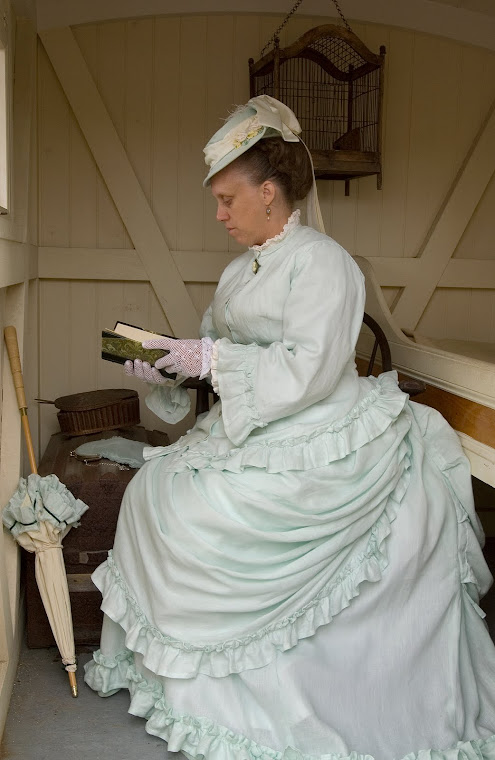 The Chemise, in one form or another has been around in various forms since the 10th century. It serves as the "undermost" garment - worn next to the body. Cut similar to a man's long undershirt, it is full, loose-fitting, and kneelength. The sleeves varied with the eras. During the 17th century, the chemise showed slightly at the neckline and sleeves, and possibly edged with lace in both locations. By the 18th and 19th century, the sleeves were short or cap-like and the neckline round (as illustrated in the image to the left). The chemsie changed very little until the early 19th century (about 1915), when it became shorter to accomodate women's shorter hemlines.
The Chemise, in one form or another has been around in various forms since the 10th century. It serves as the "undermost" garment - worn next to the body. Cut similar to a man's long undershirt, it is full, loose-fitting, and kneelength. The sleeves varied with the eras. During the 17th century, the chemise showed slightly at the neckline and sleeves, and possibly edged with lace in both locations. By the 18th and 19th century, the sleeves were short or cap-like and the neckline round (as illustrated in the image to the left). The chemsie changed very little until the early 19th century (about 1915), when it became shorter to accomodate women's shorter hemlines.A chemise was the layer closest to the body and so served several functions. It served as a protective layer for the corset and street clothes, against perspiration and body oils, as well as adding a layer of warmth in colder weather.


